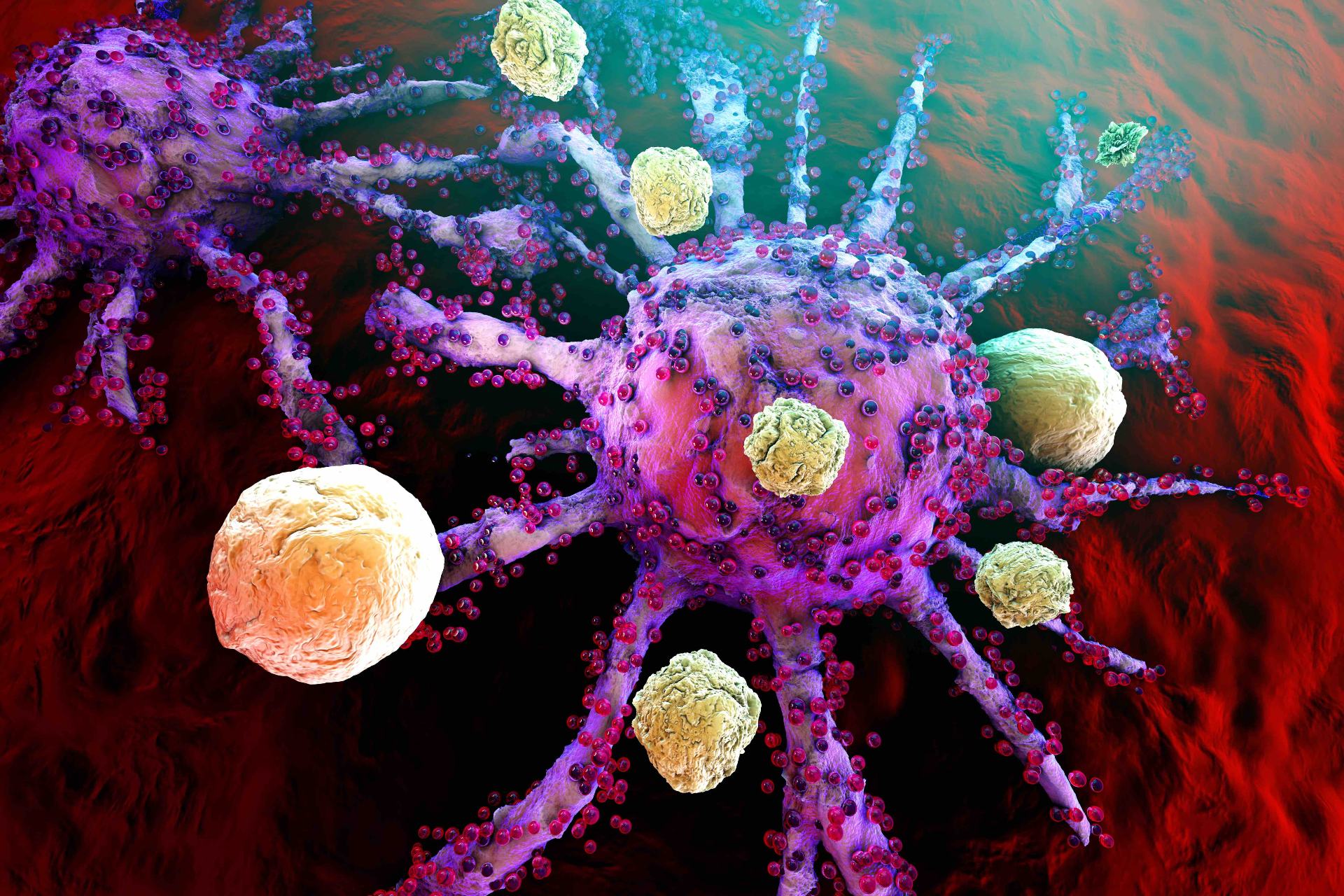Article
Ibrutinib More Effective Than Stem-Cell Transplant in Patients With Form of Chronic Leukemia
Author(s):
An analysis presented at the 59th Annual Meeting of the American Society of Hematology showed that against a 3-year horizon, ibrutinib succeeds in overall survival (OS) and progression free suvrvival (PFS) over hematopoetic stem-cell transplantation (HSCT) in the treatment of patients with relapsed/refractory chronic lymphocytic leukemia with 17p deletion. Against a lifetime horizon, ibrutinib still proved to be superior in OS and PFS over HSCT, but is no longer cost saving as treatment costs continue.
An analysis being presented at the 59th Annual Meeting of the American Society of Hematology in Atlanta, Georgia, showed that ibrutinib has higher rates of overall survival (OS) and progression free survival (PFS) in the treatment of patients with relapsed/refractory (R/R) chronic lymphocytic leukemia (CLL) with 17p deletion (del(17p)).
Before the emergence of targeted therapies, allogeneic HSCT was the preferred therapy for R/R CLL del(17p). Now, treatment options such as oral ibrutinib provide the opportunity for significant OS and PFS with the convenience of being non-invasive. However, ibrutinib is not considered curative; meanwhile, HSCT has curative potential but has a high upfront cost, potential transplant-related morbidity and mortality, and potential relapse, according to the authors.
“Both treatments are expensive with relative differences in cost of treatment and supportive care management,” wrote the authors. “Considering these different profiles, we performed cost-effectiveness and cost-utility analyses of ibrutinib versus HSCT in R/R CLL del(17p) from a US payer perspective.”
Three-year and lifetime horizon Markov models were constructed defining 3 health states: PFS with embedded substates specifying whether a patient is on or off therapy, progression, and death. The cost of ibrutinib was determined from RedBook; costs of HSCT procedure, preconditioning treatment, and post-procedural side effects were estimated from published prediction equations and national claims databases.
The authors applied a 3% discount rate when survival exceeded 1 year. Following extrapolation to the 3-year and lifetime horizons, the life years (LY) and quality adjusted LY (QALY) were estimated for each treatment. In addition, total treatment costs, cost differentials, and the incremental cost effectiveness (ICER) and cost utility ratios (ICUR) were determined. The base case analyses were validated by probabilistic sensitivity analyses (PSA).
The 3-year Markov model showed ibrutinib yielded a cost savings of $48,642 (PSA: $48,678), incremental gains of 0.23 (PSA: 0.22) LY and 0.20 (PSA: 0.19) QALY, bearing an ICER of savings of -$211,487 (PSA: -$221,246) per LY gained and an ICUR of savings of -$243,210 (PSA: -$256,200) per QALY gained. However, the lifetime Markov model, showed that ibrutinib yielded an incremental cost of $25,802 (PSA: $23,317), incremental gains of 0.12 (PSA: 0.09) LY and 0.13 (PSA: 0.11) QALY, yielding an ICER of $215,016 (PSA: $259,077) per LY gained and an ICUR of $198,476 (PSA: $211,972) per QALY gained.
Over a 3-year time period, ibrutinib succeeds in OS and PFS over HSCT in the treatment of patients with R/R CLL del(17p) and has the benefit of being clinically superior in combined efficacy and safety at a lower cost. However, it lacks curative potential. Over a lifetime, ibrutinib still proved to be superior in OS and PFS over HSCT, but is no longer cost saving as treatment costs continue, and attains cost effectiveness at a willingness-to-pay threshold of approximately $260,000, wrote the authors.
“The importance of this comparative study is to provide clinical and economic information to decision makers that help them to make decisions about adding or removing interventions from formulary and/or about reimbursement strategies,” said author Nimer Alsaid, Center for Health Outcomes and PharmacoEconomic Research, University of Arizona, in an interview with The American Journal of Managed Care ®.
The meeting takes place from December 9-12, 2017.




